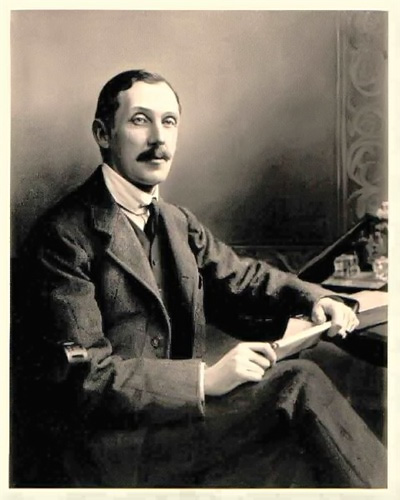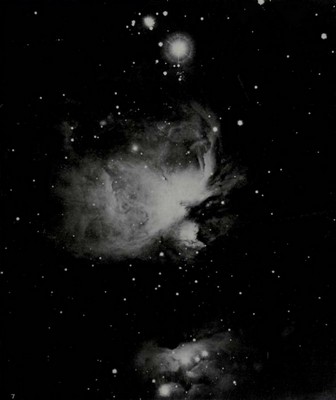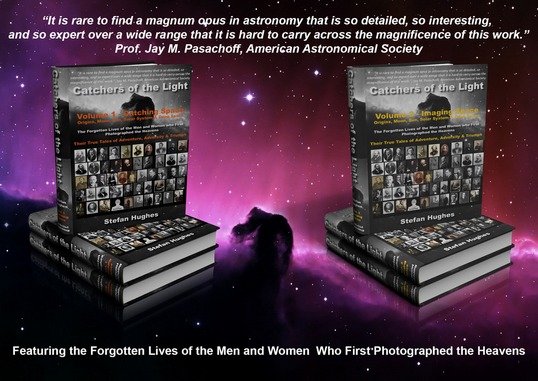'The Man from Daramona'
Born: 19th July 1851, Greenisland, County Antrim, Northern Ireland
Died: 6th March 1908, Daramona House, Streete, County Westmeath, Ireland
William Edward Wilson was one of the greatest Deep Space Astrophotographers of his day; as well as a scientist who made valuable contributions in the field of Astrophysics. His ‘wide field’ photograph of the ‘Great Orion’ Nebula (M42) and the ‘Running Man’ Nebula NGC 1977 is still to this day one of the finest astronomical images ever taken.
The name William Edward Wilson is largely unknown today, but in his day he was recognized as one of the greatest Astrophotographers of his age, as well as an amateur astronomer of some note.
Although he had no formal education he was still able to carry out scientific research of the highest quality.
He was one of the first to measure the temperature of the surface of our Sun; and his value of just over 6500oC compares reasonably well with today’s accepted figure of around 5505C.
On the 11th of April 1895 Wilson together with George Fitzgerald and George Minchin made the first photometric determination of the brightness of stars. They obtained results for four first magnitude stars - Deneb (Alpha Cygni), Arcturus (Alpha Bootis), Vega (Alpha Lyrae) and Regulus (Alpha Leonis).
His wide field photographs taken in the 1890s of well known Deep Space Objects (DSOs) such as the ‘Great Orion Nebula’ (M42) and the ‘Pinwheel’ Galaxy (M33) in the constellation of Triangulum, were the finest of the day. At the time, only the images taken by the professional astronomers, James Edward Keeler and Charles Dillon Perrine at the Lick Observatory could be compared to those of Wilson.
Today his photographs, although they were taken over a century ago are still amongst the finest images of astronomical objects ever captured, whether on plate, film or CCD.
To read more on his life and work read the eBook chapter on William Edward Wilson or buy the Book 'Catchers of the Light'.

'Dry' Plate Photograph of the 'Great Orion Nebula' (M42) and the 'Running Man' Nebula (NGC 1977), 1897

Buy the eBook or Printed Book at the 'Catchers of the Light' shop.